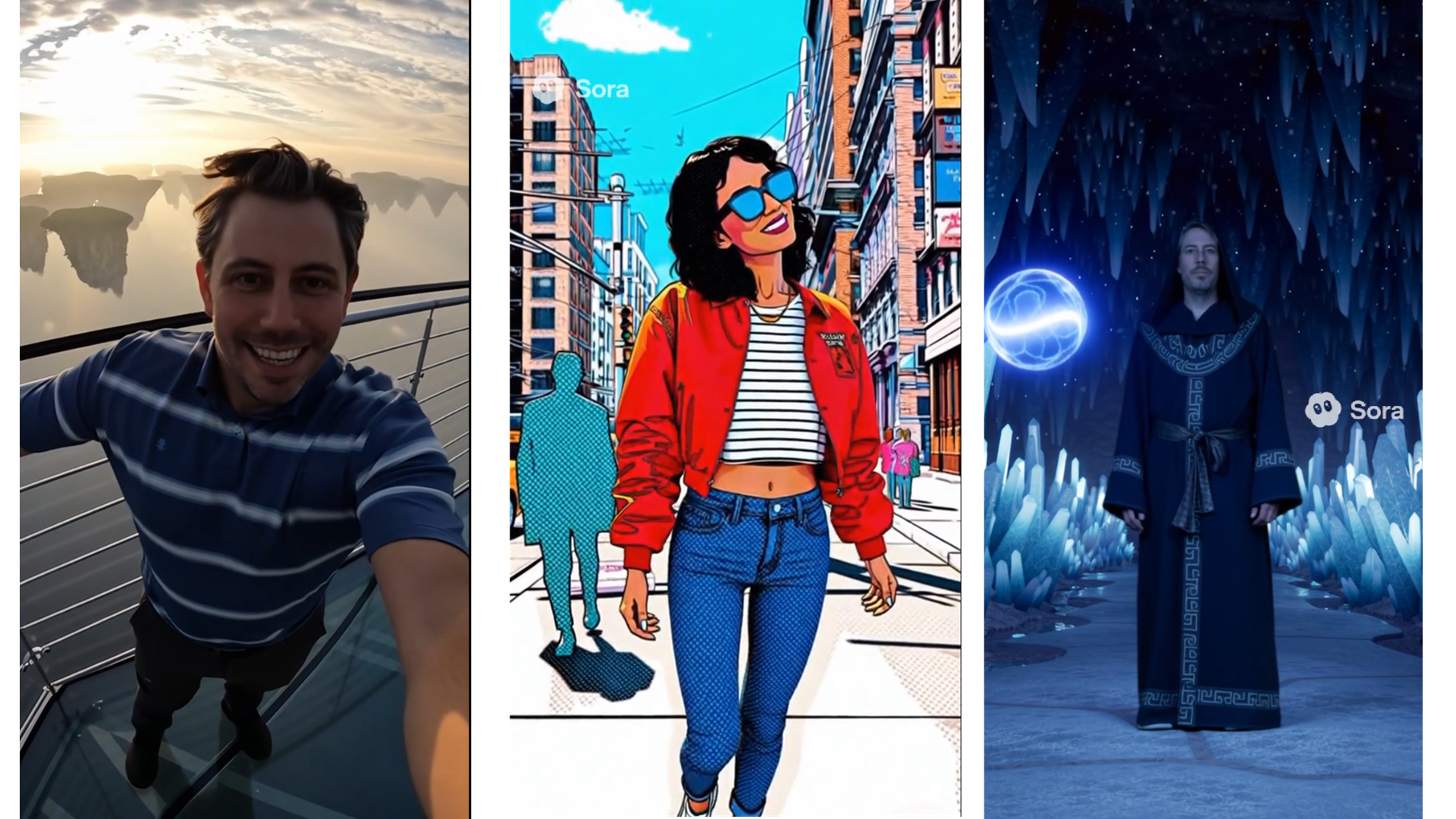Five Essential Tips for Creating Stunning Sora 2 Videos

Key Points
- Break prompts into micro‑scenes with clear action and camera direction.
- Reference visual styles from favorite movies to guide the AI’s aesthetic.
- Use well‑lit, neutral‑background cameo footage and match its look to the scene.
- Employ strong lighting and movement contrast to create dynamic frames.
- Specify detailed sound cues to synchronize audio with visual moments.
OpenAI's Sora 2 makes high‑quality AI video production accessible, but achieving cinematic results requires thoughtful prompting. By breaking scenes into micro‑segments, borrowing visual styles from favorite movies, preparing cameo footage carefully, emphasizing visual contrast, and planning sound cues, creators can coax Sora 2 into delivering polished, engaging clips. These practical guidelines help users avoid common pitfalls such as awkward framing, unrealistic cameos, flat lighting, and bland audio, turning simple prompts into compelling visual stories.
Think in Micro‑Scenes
Instead of describing a vague vibe, imagine a short, director‑style segment before writing a prompt. Detailing the beginning and end of actions, camera movement, and spatial logic helps Sora 2 generate more precise frames. Including safety prompts like “keep full subject in frame” or “allow 10% frame padding around character” prevents overly tight shots that cut off faces.
Draw Inspiration from Favorite Films
Guiding the AI with stylistic references rather than literal descriptions yields richer results. Phrasing prompts to evoke a specific aesthetic—such as a comic‑book look reminiscent of a well‑known animated trilogy—steers Sora 2 toward the desired tone without violating content rules. Mentioning filmmakers or visual styles can further fine‑tune the output.
Prepare Cameo Content Carefully
When inserting a personal selfie or video into a scene, ensure the source material is well‑lit, features a neutral background, and captures the intended expression. Clear speech improves voice matching. Matching the cameo’s look and mood to the surrounding world—using prompts like “stylize cameo to match the look” or specifying facial expression—helps avoid unrealistic or out‑of‑place appearances.
Use Contrast to Add Visual Interest
Contrast is a key driver of viewer attention. Deliberately varying movement speed, lighting, and depth between foreground and background creates dynamic frames. Techniques such as backlighting, rim lighting, and strategic shadows enhance texture and depth, compensating for any AI‑generated detail limitations.
Plan Sound Design Early
Audio cues are integral to Sora 2’s storytelling. Specifying sounds—like a “metal creak echoes, growing louder as the door opens”—guides the model to synchronize audio with visual action. Incorporating silence, distant thunder, or shifting music cues can signal narrative beats, adding tension or emphasis that visual elements alone may lack.
By applying these five strategies—micro‑scene planning, cinematic inspiration, meticulous cameo preparation, purposeful contrast, and deliberate sound design—creators can maximize Sora 2’s potential and produce videos that linger in viewers’ minds.